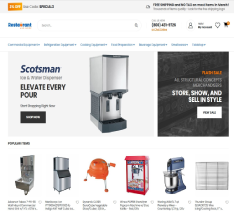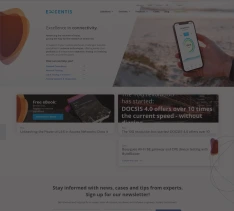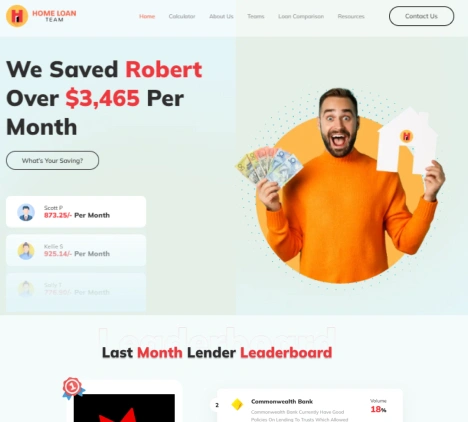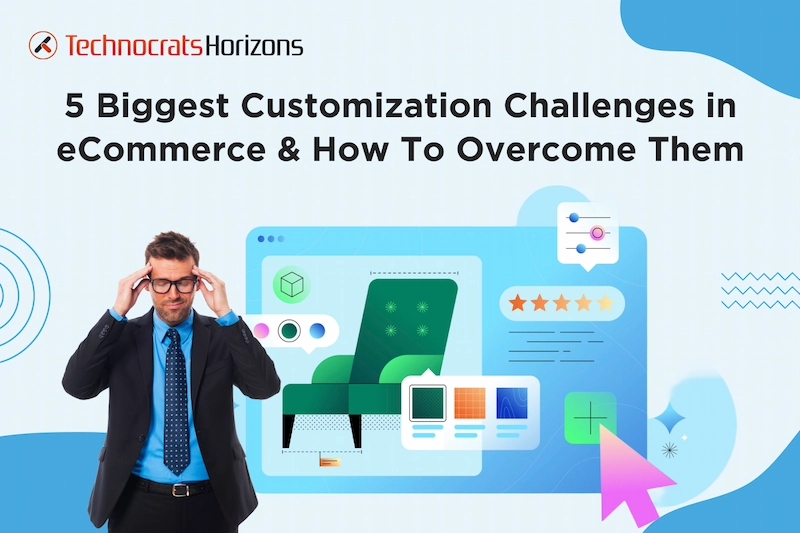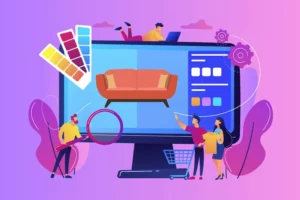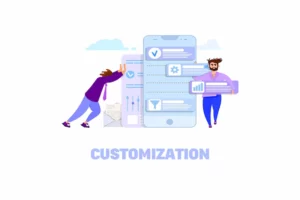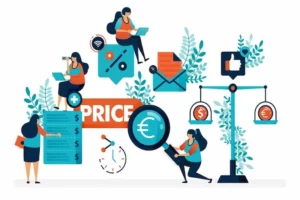Here’s a fact that might make you rethink your online strategy: a solid 91% of customers shopping online prefer brands that tailor the experience just for them.
Now, pause for a moment and ask yourself – Does your cabinetry and furniture business offer a personalized journey?
eCommerce is such a competitive industry so what should you do differently that can make your business stand out from competitors? You can offer exactly what customers want- a product that suits their needs.
For instance, imagine a customer navigating through your online furniture stores. What do you think would catch their eye and make them stay? It is them realizing that they can get their desired piece without leaving their homes.
However, offering customization in eCommerce comes with its own set of challenges for cabinetry and furniture businesses as it can be very tricky to implement. Don’t let it hamper your eCommerce vision! This blog post will discuss the customization challenges faced by existing eCommerce businesses or those looking to enter this business with top solutions that can help you ace the online shopping world.
The Customization Advantage in Today’s Competitive Market
The modern shopper seeks more than a product; they crave an experience. And that experience begins with the power to customize – be it the color, design, or even the smallest details that make a piece uniquely theirs. You deliver that and you are set towards your business goals. There are huge benefits offered by customization and here are the best of them:
-
-
It Becomes Your Unique Selling Proposition
-
One of the most significant challenges faced by furniture and cabinetry businesses is standing out in a sea of similar offerings. This is where customization becomes your x factor.
Think of an online furniture store where customers may select the color, style, and material of the cabinets they want. By giving customers these customizable alternatives, you’re offering something that fits their vision rather than just furniture, it elevates your store to the top of the market for custom furniture.
-
-
Increased Customer Satisfaction and Loyalty
-
Every eCommerce company’s ability to satisfy its customers determines its success level. Customization is essential to ensure that your clients discover what they’re looking for and feel satisfied after leaving. They become more devoted to your brand as a result.
A study found that 77% of consumers have chosen, recommended, or paid more for a brand that provides a personalized service or experience.
When customers feel that a product has been tailored just for them, it creates a connection. Imagine a homeowner ordering a customized kitchen cabinet that fits their space and style preferences perfectly. That sense of satisfaction translates into loyalty – a customer who feels heard and understood will likely return for future purchases.
-
-
Increased Profit Margins
-
Now, let’s talk about the bottom line – profit. While customization revolves around customer satisfaction, let’s not forget the end goal is to boost your profits. Good thing, customization also takes care of that.
According to a survey, 40% of buyers are prepared to spend extra for a customized item.
A handcrafted, customized dining table will command a premium price, which many buyers are ready to pay. By offering customization options, you position your products as high-end, allowing you to command higher prices and ultimately increase your profit margins.
In a nutshell, it’s a dynamic strategy that addresses customer needs, fosters loyalty, and boosts your bottom line. As we journey through the challenges and solutions in the world of eCommerce customization, keep these advantages in mind for a better growth prospect.
Top 5 Customization Challenges in eCommerce and How to Solve Them
As the eCommerce industry is moving from product-centric to customer-centric, customization has become the core of this change. But still, many businesses need help with it. We have compiled the 5 topmost eCommerce customization challenges faced by cabinetry and furniture businesses and 5 ways you can overcome them-
Challenge 1: Managing Product Complexity and Expansive Catalogs
Dealing with many customization options in online furniture and cabinetry stores can be tough. Although technically it involves creating databases for such large product catalogs, customers can find it puzzling. An excessive number of options could confuse and make it difficult for customers to decide what they want.
This complexity can frustrate customers and make them leave without buying from your online store. It’s about ensuring customers have a smooth experience and get exactly what they want.
Solution: Use Advanced Tools for Product Visualization
To handle the complexity, businesses can invest in advanced tools like 3D configurators and virtual reality. These tools let customers see their customized furniture or cabinets in real time.
Businesses embracing 3D visualization experience a substantial up to 40% increase in online sales.
By integrating advanced product configuration tools, you empower your customers to visualize and personalize their choices effortlessly. This not only reduces uncertainty but also adds a layer of interactivity to the shopping experience, making your brand memorable and distinctive.
Challenge 2: Balancing Customization Options with User Experience
Finding the right balance between many options and a user-friendly experience is tricky. It means creating interfaces that guide users without overwhelming them. But for customers, it’s about having a fun and easy time personalizing their furniture or cabinets. If it’s too complicated, customers might give up, leave items in their cart, and not come back. So, the challenge is about making sure customers enjoy customizing their products without any headaches.
Solution: Simplify Customization with Guided Tools
To balance customization and user experience, businesses can use guided customization tools. Intuitive interfaces, step-by-step guides, and interactive elements can streamline the customization journey.
Websites with clear and intuitive customization options witness a remarkable 20-25% increase in customer satisfaction.
Think of these tools as your virtual assistants, simplifying the customization process and guiding customers through choices effortlessly. Your customers will not only appreciate the simplicity but also enjoy the process of creating something uniquely theirs.
Challenge 3: Integrating Customization into Existing eCommerce Platforms
Adding customization features to existing online shops can be a technical puzzle. It’s all about providing a smooth experience for the customers without hampering the original feel of an eCommerce website. It could feel like using two separate websites if the new features don’t work well together. Customers may become confused by this and be less likely to make a purchase.
Thus, the difficulty is not only incorporating customization in eCommerce but also ensuring that the online store appears as a single, seamless platform where clients can simply customize and purchase what they want.
Solution: Adopt a Hybrid Customization Model
To tackle the integration challenge, businesses can adopt a hybrid customization model. This involves offering a mix of predefined customization options alongside fully personalized choices. By limiting certain parameters, businesses can simplify the integration process into existing eCommerce platforms. This approach maintains flexibility for customers while easing technical complexities on the backend.
Challenge 4: Pricing Customized Products Accurately
Getting the price right for customized furniture or cabinets is a real challenge. Customization allows customers to pick products based on their preferred styles, colors, and dimensions, which in turn makes it complicated to calculate the price in real-time. For customers, it’s about understanding what they’re paying for. If the pricing is unclear, customers might feel cheated or decide not to buy. So, the challenge is more than just accurate pricing; it’s about making sure customers trust the price and see the value in the unique products they’re creating.
Solution: Use Transparent Dynamic Pricing Tools
Accurately pricing and quoting customized products can be facilitated through the use of dynamic pricing tools.
Businesses employing dynamic pricing witness an average increase in profits by 25%.
Implementing these tools allows you to adapt your pricing based on real-time factors like demand, customization complexity, and market trends. By providing transparent and fair pricing, you build trust with your customers, fostering long-term relationships and repeat business.
Challenge 5: Managing Production and Inventory for Customized Orders
Making sure customized orders are produced and delivered on time is a tough task. Furthermore, handling customized orders is far more complex and requires much higher coordination and accuracy. From a business perspective, this involves synchronizing several stages of business operations. Customers, however, just care about receiving the correct orders at the scheduled time. Delays or mistakes can lead to disappointment and frustration.
Solution: Integrate Customization with Production Workflow
Efficiently managing production and inventory for customized orders requires integration with production management systems. By connecting customization features directly with manufacturing workflows, businesses can streamline order fulfillment.
This integration ensures that production teams receive accurate and timely information, reducing the chances of delays and errors in delivering customized products to customers. Seamless integration with production processes enhances overall efficiency and customer satisfaction.
Getting Started with Customization
So, you’re thinking about adding customization to your cabinetry or furniture business – fantastic! But where do you start? Let’s break it down into simple steps so you can follow them easily-
Step 1: Assess Your Business Needs and Goals
Take a moment to look at your business. What are you good at, and where do you want to improve? Knowing your business inside out is like having a map for your journey.
For example, if your business is known for its unique wooden furniture, customization could focus on things like wood types, finishes, or special design elements. Make sure your customization aligns with what makes your business stand out.
Step 2: Explore Customization Technology Solutions
There are tools out there that can make customization a breeze, from configurators to 3D visualization. But here’s the key – choose what fits your business. Find a technology provider that understands your business and can help create a smooth customization experience for your customers.
Step 3: Implement Customization in Phases
Don’t try to do everything at once. Start small, like testing a popular product or customization option. This way, you can work out any issues and also receive feedback from your customers.
According to a McKinsey study, businesses with this steady approach have reported a 20% boost in customer satisfaction at the initial customization stages.
Remember, the key is continuous improvement. Regularly check in with customers, keep an eye on how things are going, and be ready to make tweaks to make the customization process even better.
So, there you have it – a practical guide to kickstarting customization in your cabinetry or furniture business. You’re not just offering customized products; you’re creating an experience that your customers will love.
Wrapping Up
Let’s wrap up this blog post by taking the positives. Every challenge has a solution so it should not deter you from giving the best eCommerce experience to your customers. And what do your customers seek the most when buying cabinets or furniture online? You’re right- customization.
What if we tell you Technocrats Horizons has a perfect eCommerce solution that offers next-level customization? That too not just at the customers’ end but also for the backend operations of your business. Reach out to our team to book a free demo.
Looking For a Custom eCommerce Solution? Choose Us!!
Boost your eCommerce sales and operations!
Book a free consultation to know how we can help you enhance efficiency in your eCommerce processes. Let’s begin this journey!


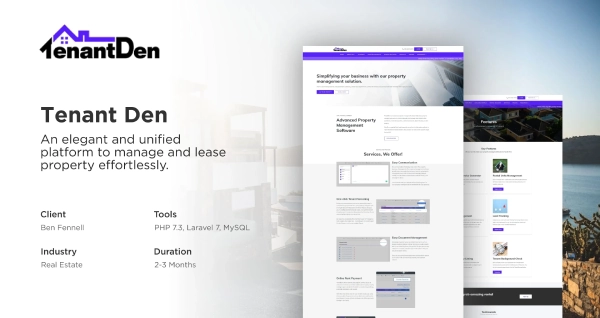
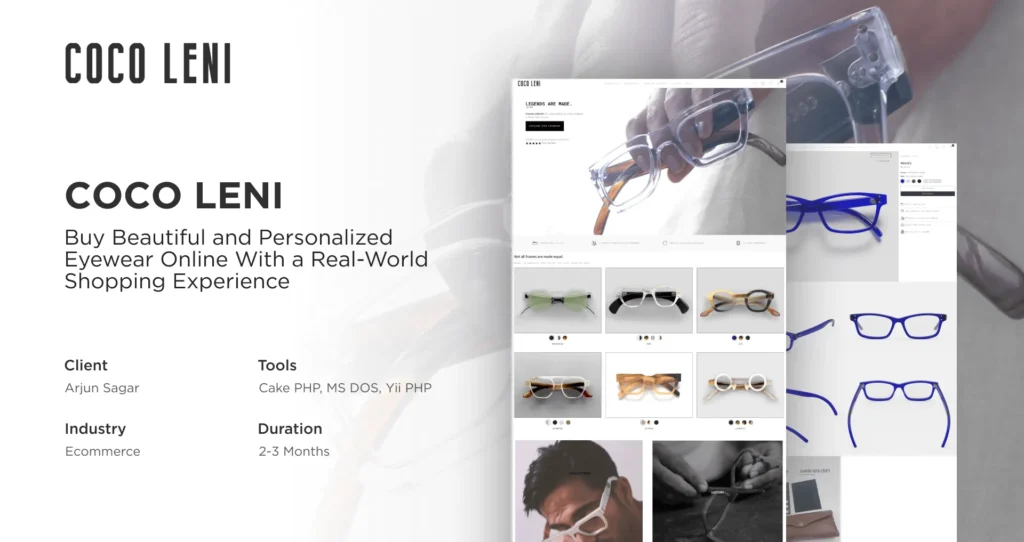
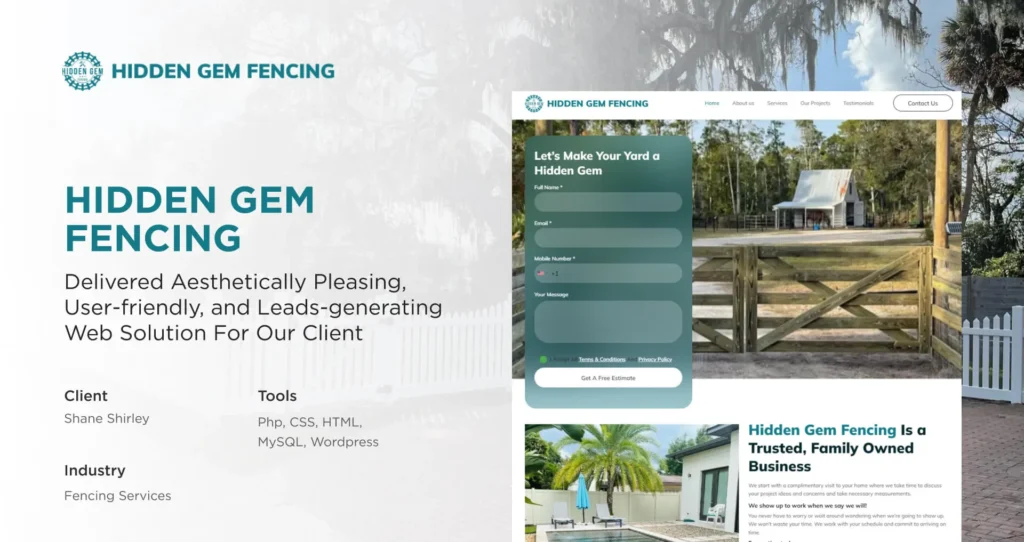



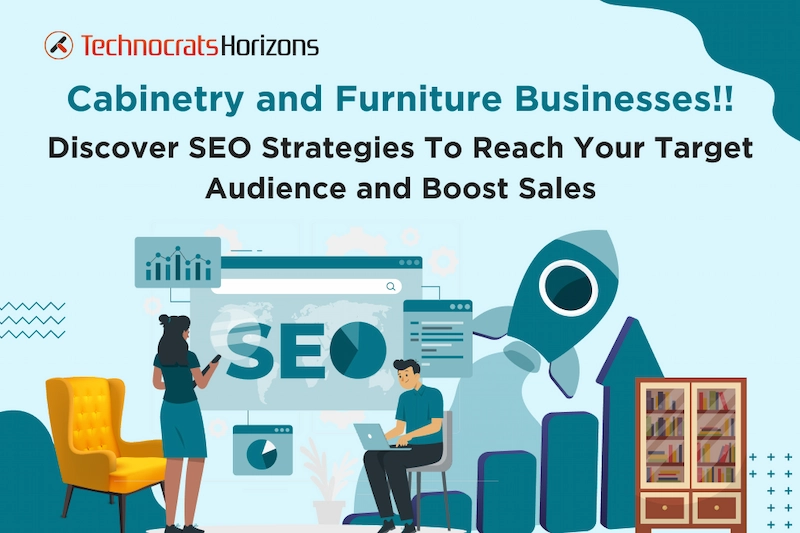


 Request a
Request a













